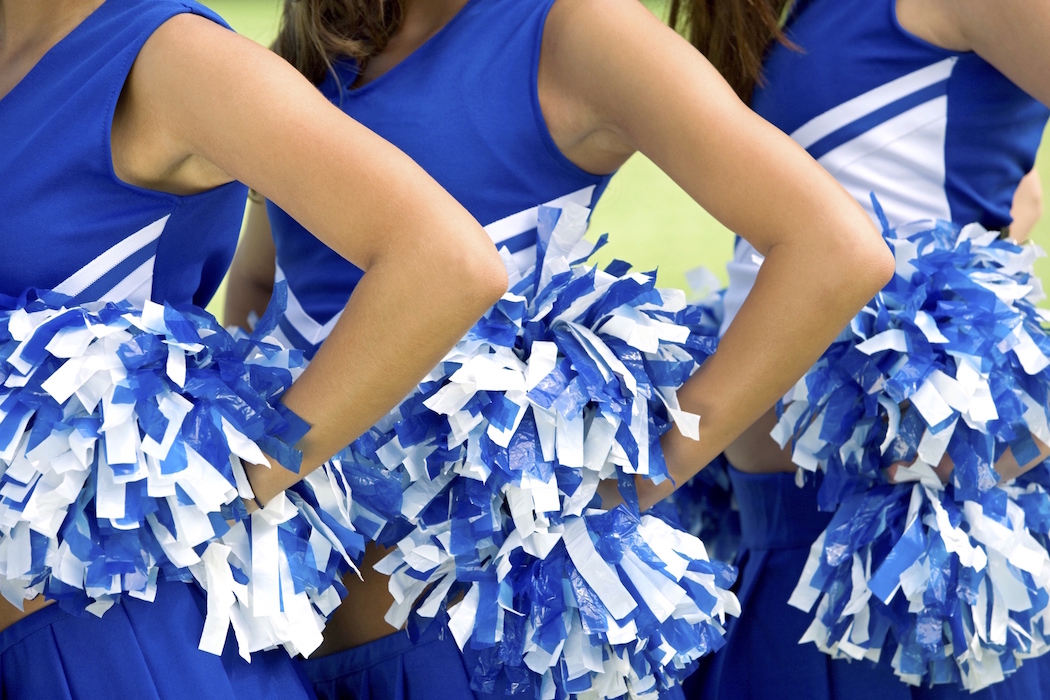Copyright law protects decorative features on cheerleading uniform, SCOTUS rules

bikeriderlondon / Shutterstock.com
The U.S. Supreme Court ruled Wednesday that copyright law protects decorative features on a cheerleading uniform, resolving what it calls “widespread disagreement” through an analysis of art, function and form through the lens of the 1976 Copyright Act’s pertinent section.
The majority opinion in the 6-2 ruling in Star Athletica v. Varsity Brands (PDF) was written by Justice Clarence Thomas, with a concurring opinion by Justice Ruth Bader Ginsburg and a dissenting opinion by Justice Stephen G. Breyer, who was joined by Justice Anthony Kennedy.
The question at issue concerned the appropriate test to determine when a feature of a useful article is protected under the Copyright Act’s Section 101. Thomas wrote that an artistic feature of a useful article’s design can be copyrighted when it can “be perceived as a two- or three-dimensional work of art separate from the useful article” and also would “qualify as a protectable pictorial, graphic or sculptural work either on its own or in some other medium if imagined separately from the useful article.”
Star Athletica’s cheerleading uniforms, which were challenged by competitor Varsity Brands, met these requirements, Thomas wrote.
In the dissent, Breyer wrote that the designs of Star Athletica’s cheerleader uniforms in question “look like pictures of cheerleader uniforms” and compares that to a pair of old shoes in a Van Gogh painting: The painting itself is copyrightable but “would not qualify for a shoe design copyright.”
Ginsburg wrote that she concurs with the majority’s judgment but not in its opinion. She said she would not look at the case through the lens of the separability test because the designs are “not designs of useful articles” but rather “are themselves copyrightable pictorial or graphic works reproduced on useful articles.” They are, she wrote, standalone pictorial, graphic or sculptural works covered by Section 101.



